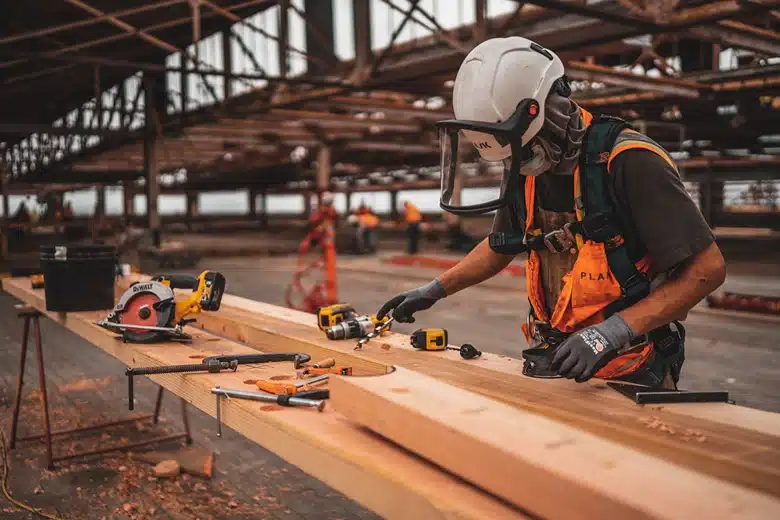When it comes to a divorce or separation, one of the most difficult parts is child custody arrangements. If one or both parents are having a custody dispute, it is important that respective parties understand the types of custody available and what factors a court will use to determine who gets custody so that it can be maintained in such a way as to ensure the welfare of minor children while still balancing each parent’s interest, explains a Montgomery family law attorney. In this article, we will cover how custody is determined in Montgomery and the different types of child custody arrangements possible.
Types of Child Custody Agreements
1. Legal Custody
Legal custody is the authority to make major decisions about a child’s life, including education, health care, and religious training. Legal custody is to be awarded as follows:
- Sole Legal Custody: One parent is the only one with the authority to decide on important matters pertaining to the welfare of the kid.
- Joint Legal Custody: Each parent has a voice in the decision-making process. This requires efficient communication and cooperation between parents.
2. Physical Custody
Physical custody refers to the location where the child resides on a day-to-day basis. Physical custody can be:
- Primary Physical Custody: The child lives mainly with one parent, and the other has visitation.
- Split Custody: The child lives with both parents for a significant amount of time, this can be an even split or something that better serves the family dynamic.
3. Sole Custody
This means that one parent is awarded both legal and physical custody. This parent makes all of the major decisions and provides the child’s primary home. The non-custodial parent has visitation but may not have the right to make decisions.
4. Joint Custody
Joint custody consists of both joint legal and joint physical custody, which means that both parents share decision-making responsibility on the one hand and the child spends a significant amount of time with each parent on the other. This setup intends to keep both parents actively involved in the life of the child.
5. Bird’s Nest Custody
Bird’s nest custody: This less common arrangement has the child staying in one home while both parents alternate living with the child there. This arrangement minimizes disruption for the child but requires a lot of continuing cooperation and communication between parents.
Factors in Establishing Child Custody
In Montgomery, Alabama, the child’s best interests are the primary consideration in child custody decisions. It considers some factors, such as:
1. Child’s Age and Health: Important factors to consider are the child’s age and mental and physical well-being. Custody choices will be influenced by special needs or health concerns, and younger children may have different requirements than older children.
2. Parental Fitness: Each parent is then assessed regarding his or her capability to provide a safe, nurturing, and stable environment. This involves evaluating their mental and physical health, previous substance abuse, and domestic violence history.
3. Parent-Child Relationship: If there is a relationship between each parent and the child, how well that relationship is going will make a difference. The court examines which party is the primary caregiver and what type of emotional bond exists between the child and each parent.
4. Stability and Continuity: A stable environment where one can predict the behaviors of others is essential for a child’s well-being. Generally, courts like arrangements that will not disrupt the child’s normal life — home, school, community, and social network.
For parents undergoing a separation or divorce in Montgomery, it is vital to know the types by which child custody is divided and how these arrangements are decided. These include legal, physical, sole, and joint which offer different options for co-parenting but the most needed is ensuring their child is well.








